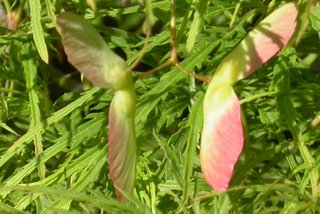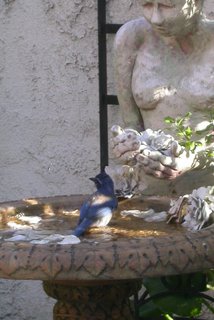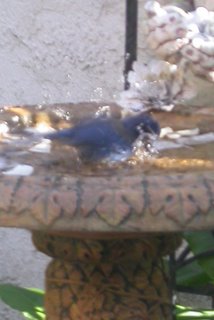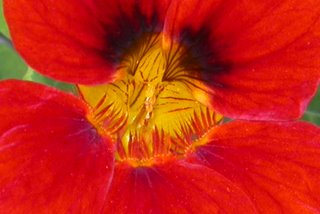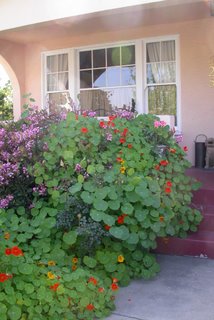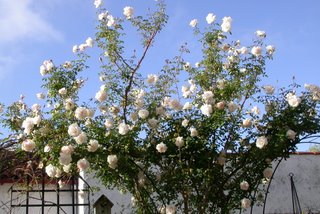Quothe the raven, "Whatever!"
 About 30 years ago I was attacked by a crow while out on my morning run. For no apparent reason it swooped down and pecked me on the head. Since then, I'd become wary of crows, particularly when 50 or so (there must be a reason they call them a murder) would congregate out in front of the house terrorizing the neighborhood cats. Then one day Jorge, my ranch hand/builder/son, came home with a baby crow he had found in a field he was clearing at Cal Poly Pomona. He fed the little guy every hour, day and night. What dedication! This little bird was so enchanting, I have loved crows ever since. This is a photo of Dobie.
About 30 years ago I was attacked by a crow while out on my morning run. For no apparent reason it swooped down and pecked me on the head. Since then, I'd become wary of crows, particularly when 50 or so (there must be a reason they call them a murder) would congregate out in front of the house terrorizing the neighborhood cats. Then one day Jorge, my ranch hand/builder/son, came home with a baby crow he had found in a field he was clearing at Cal Poly Pomona. He fed the little guy every hour, day and night. What dedication! This little bird was so enchanting, I have loved crows ever since. This is a photo of Dobie. 
I now have a resident crow in my backyard. It uses the birdbath to wet its food. I've found all sorts of leftovers there...bits of hamburger bun, artichoke leaves, tiny eggs with the yoke picked out. After the new gravel path was installed a few weeks ago, the crow did a very funny little walkabout through the yard checking things over like the official building inspector.
Jorge and I miss Dobie. Every now and then we tell Dobie stories, like when he would unroll the toilet paper in the bathroom or steal and hide shiny objects in the oddest places. We hope he found himself a mate and imagine that he does a fly over occasionally to check up on us.
